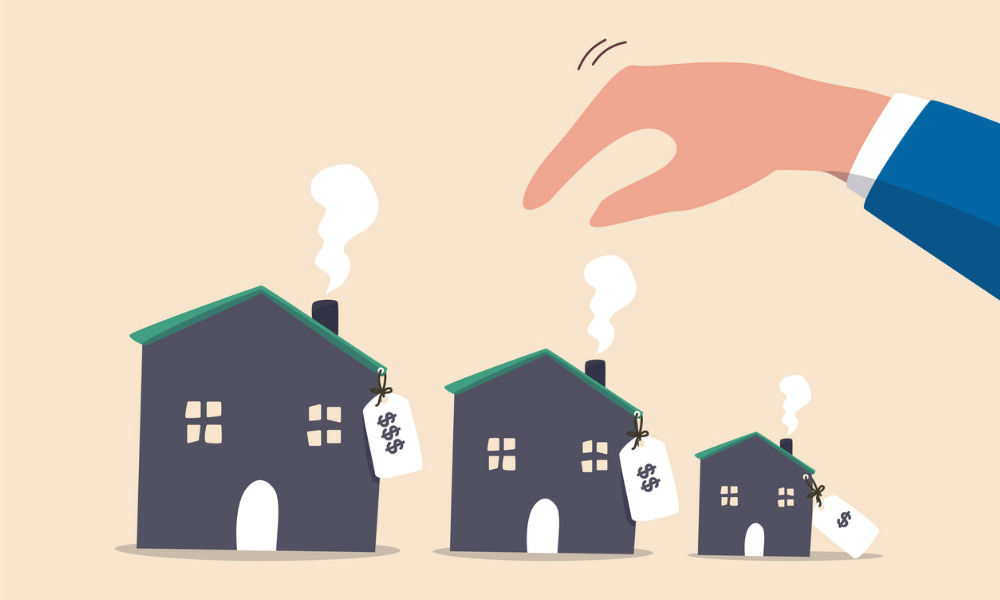As interest rates rise, houses are losing value faster than units

The gap between house and unit prices has shrunk in most capital cities since the Reserve Bank began hiking interest rates in May, according to new data from CoreLogic.
The gap between prices for Sydney houses and units shrank by 2.2 percentage points to 67% in July as house prices deteriorated faster and more deeply than unit values, The Australian Financial Review reported. Between May and July, Sydney house prices fell 5.3%, while unit prices fell by 3.1%. Over the same period, the house premium over units fell from $574,366 to $539,883.
In Melbourne, the gap between houses and units narrowed by 0.6 percentage points to 57.07%. Houses are now worth $350,599 more than units, down from $363,130 before interest rates began to rise.
The price gap in Brisbane fell by 2.4 percentage points to 75.3%, while the Adelaide gap fell 2.2 percentage points to 63%, AFR reported.
Canberra posted the sharpest drop in the house premium, with the gap falling by five percentage points to 67%.
Nationwide, the gap shrank to 32.9%, AFR reported.
Read next: Housing market recovery could take years – experts
The difference between house and unit prices expanded dramatically during the pandemic as homebuyers looked for detached homes to escape the lockdowns in capital cities. However, the rapid rise in house prices and interest rates has priced many prospective buyers out of the market.
CoreLogic economist Kaytlin Ezzy told AFR that the unit sector began to catch up with houses as the downturn worsened.
“As we move further into the downwards phase of the cycle, the annual performance gap between national houses at 9% and units at 4.6% has continued to narrow,” Ezzy said. “Units are relatively more affordable and attract stronger investor activity, meaning value changes across the medium- to high-density sector are proving to be less volatile than the house segment. While houses typically outperform units during the upswing of the cycle, they have also historically recorded larger declines through the downswing. After recording more sluggish value rises over the upswing, national unit values are now recording smaller declines relative to houses, falling 1.4% compared to a 2.2% decline in house values.”



